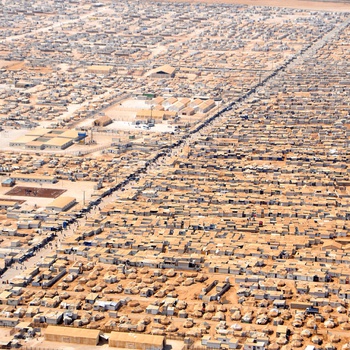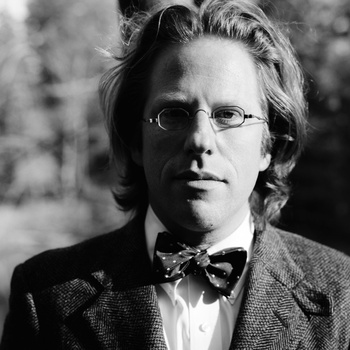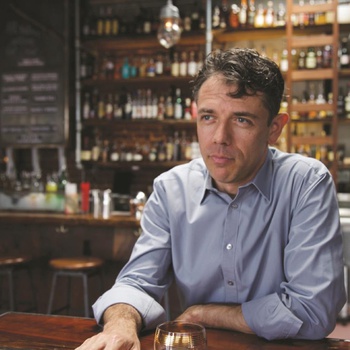Painting the Endangered World
Isabella Kirkland
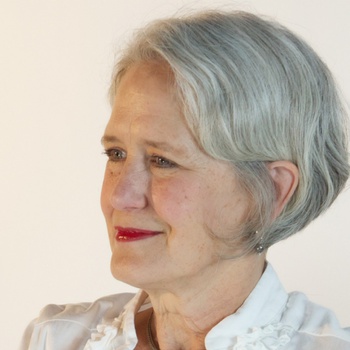
March 22, 02016
Utilizing scientific acumen and techniques developed by 17th century Dutch masters, Isabella Kirkland’s paintings document hundreds of species which may not survive into the future. If you have visited the website for Long Now’s Revive and Restore project then you have seen her art which poignantly illustrates the importance of the genetic rescue challenge that Revive has taken on.
For this special event at The Interval we displayed Kirkland's art at The Interval before the talk, so our audience could see her detailed work up close. This included her most recent painting "Nudibranchia," as well as examples of over three decades of her art in a variety of media. Her talk includes a brief retrospective of her career, followed by a deep dive into her current painting process. She describes not only her composition and painting techniques, but also her research method and how her preparation and materials assure these paintings will last for a century or more.
Kirkland also goes in depth on "Nudibranchia"; her painting shows 206 different nudibranchs, celebrating the wild variety of physical and behavioral traits that has evolved in these gastropods. Uniquely ubiquitous, nudibranchs inhabit every part of every ocean: from shallow reefs and mudflats to the depth of a thermal vent, from the Arctic to the equator. In all it is estimated there are between 3,000 and 6,000 species of nudibranch. But, given their profundity and how much of Earth and ocean are still unexplored, those number may be below the mark.
Kirkland's paintings draw attention to contemporary conundrums of humankind’s relationship to nature. Modeled on the work of seventeenth-century Dutch still life painters, she paints her subjects faithfully to life and at actual size based on hours of research and observation. Her quarter-century long endeavor to document plants and animals which we are likely to lose to extinction in the decades ahead is entirely analog.
Isabella Kirkland's paintings are built for longevity with the hope that the images survive long after the biota are gone, to stand as mute record to their passage. Mixing old techniques, scientific acumen, and keen observation, her paintings act as snapshots of modern attitudes towards other forms of life. Unusually, Kirkland's work has exhibited about equally between art and natural history contexts. She has collaborated with Long Now’s Revive and Restore project to paint flora and fauna that are gone, going or coming back. For this special event at The Interval Kirkland discusses her artistic path over decades including the Manhattan art scene of the 01980s as well as her most recent work "Nudibranchia" which includes over 200 varieties of colorful sea slugs.
Upcoming Talks
Videos

Johanna Hoffman
Speculative Futures: Design Approaches to Foster Resilience and Co-create the Cities We Need
October 12, 02022

Creon Levit
Space Debris and The Kessler Syndrome: A Possible Future Trapped on Earth
April 26, 02022

Brittany Cox
Horological Heritage: Generating bird song, magic, and music through mechanism
August 20, 02019
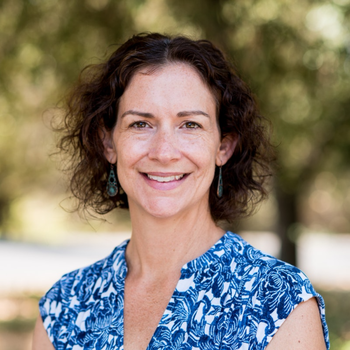
Elizabeth Lonsdorf
Growing Up Ape: The Long-term Science of Studying Our Closest Living Relatives
April 30, 02019

James Holland Jones
The Science of Climate Fiction: Can Stories Lead to Social Action?
January 29, 02019

Kevin Kelly, Stewart Brand, Alexander Rose
Siberia: A Journey to the Mammoth Steppe
January 22, 02019

Caroline Winterer
The Art and Science of Deep Time:
Conceiving the Inconceivable in the 19th Century
September 4, 02018

Esther Dyson
The Short Now: What Addiction, Day Trading, and Most of Society’s Ills Have in Common
July 17, 02018

Hannu Rajaniemi
The Spirit Singularity: Science and the Afterlife at the Turn of the 20th Century
July 10, 02018

Shahzeen Attari
Facts, Feelings and Stories: How to Motivate Action on Climate Change
June 26, 02018

Renée DiResta
Disinformation Technology: How Online Propaganda Campaigns Are Influencing Us
April 10, 02018

Scott Kildall
Art Thinking + Technology: A Personal Journey of Expanding Space and Time
August 15, 02017

Miles Traer
The Geological Reveal: How the Rock Record Shows Our Relationship to the Natural World
June 27, 02017

Andrew Lakoff
How We Became “Unprepared”:
Imagining Catastrophe from the Cold War to Bird Flu
May 30, 02017

Jennifer Petersen
Why Freedom of Speech Is More Than Speech:
Expressions in Media and Code
April 18, 02017

Tara Behrend
The Psychology of Surveillance:
How Being Watched Changes Our Behavior
February 28, 02017
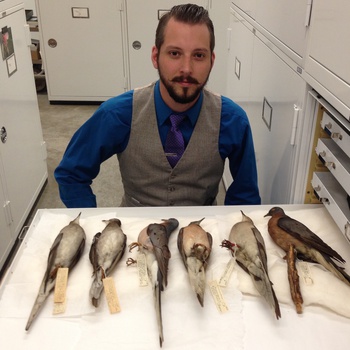
Ben Novak
The Next Flight of the Passenger Pigeon: Engineering Nature's Engineers
September 27, 02016






















































